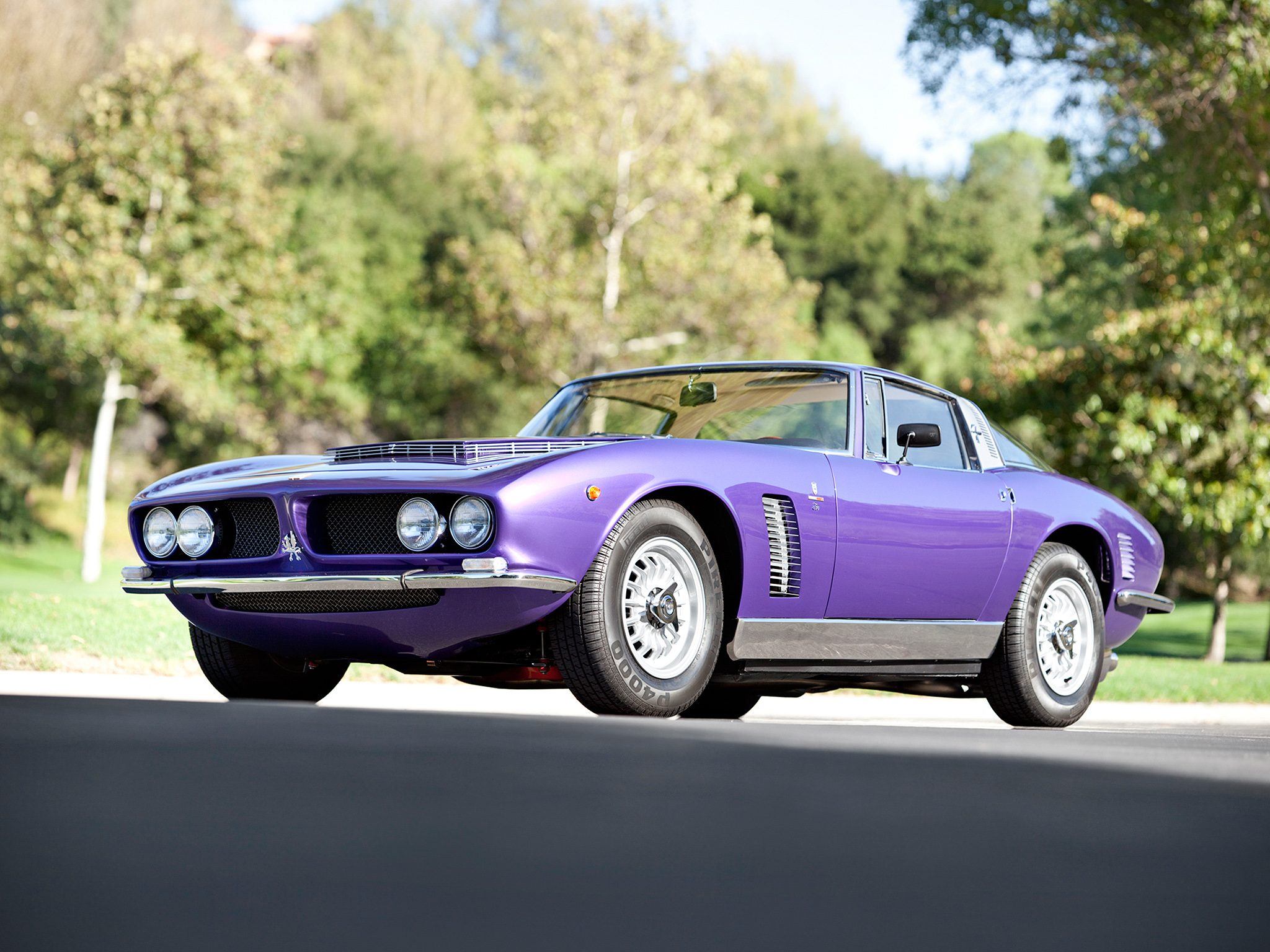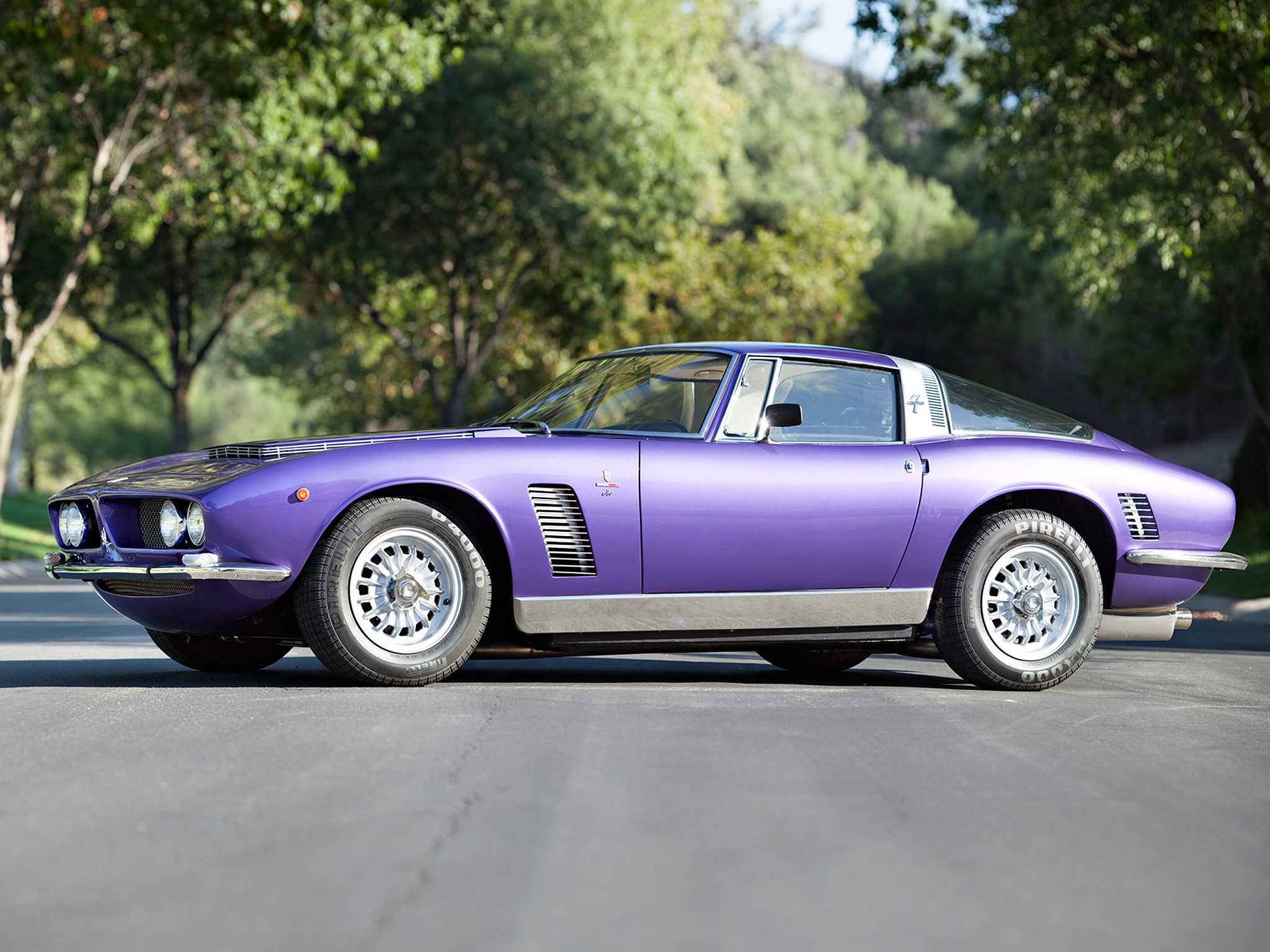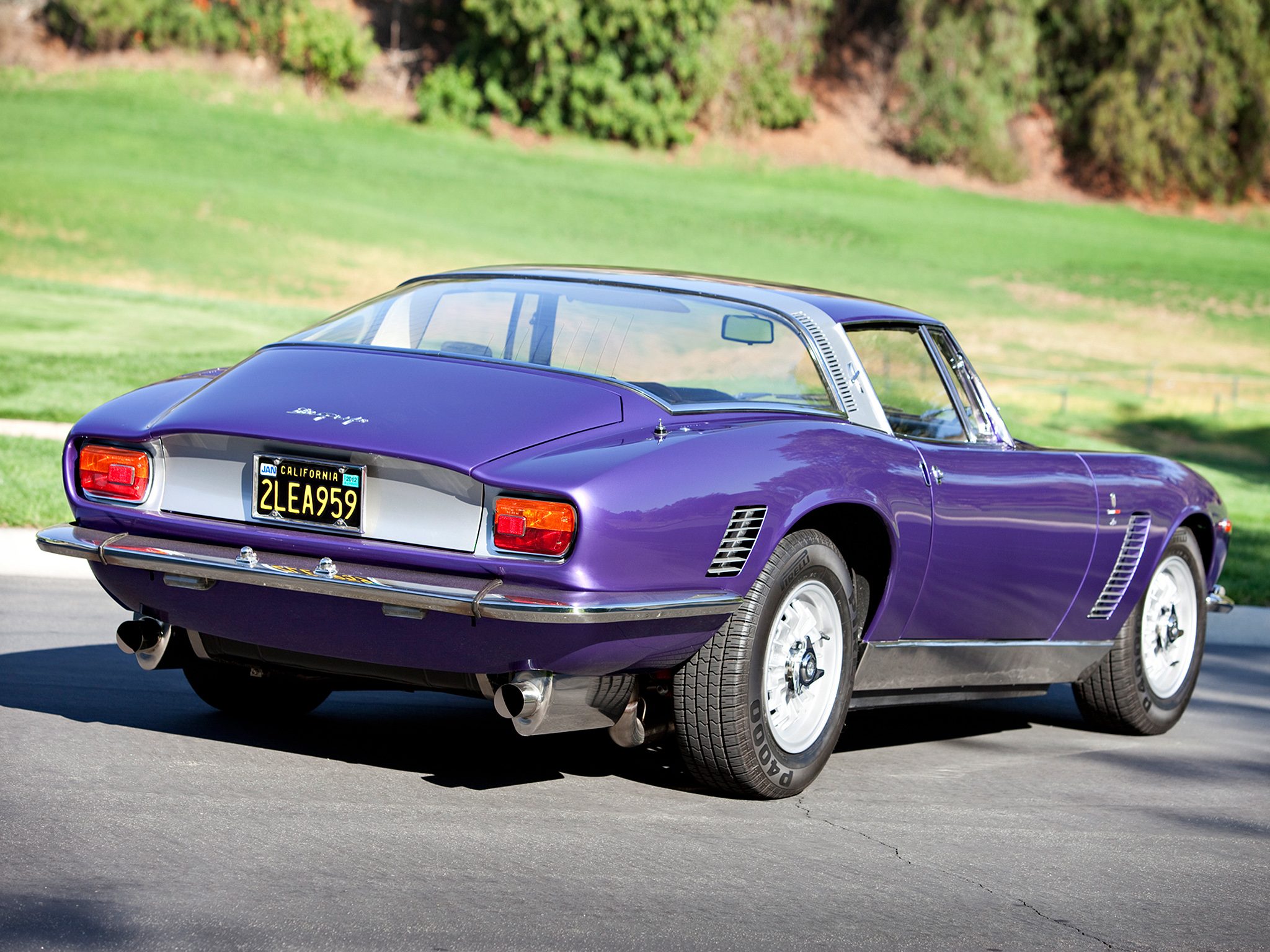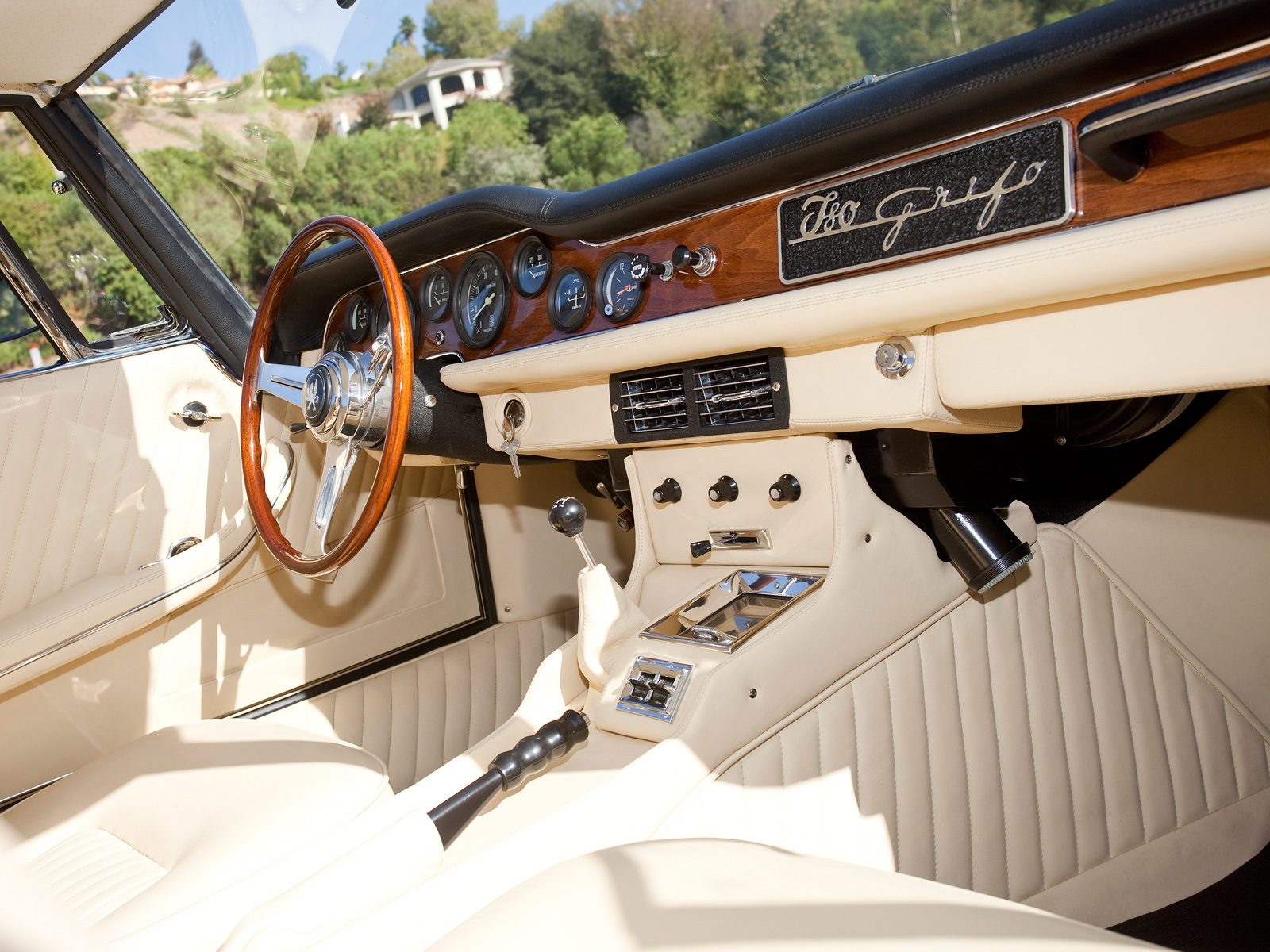- 55

- The Tri-State Area
Who could believe this incredible piece of automobilia could come from a refrigerator manufacturer? Well, maybe looking at that hood...
That's exactly what Iso started out as though. Isothermos was a factory in Genoa (with the company moved to Milan during World War 2) manufacturing electric heaters and coolers. Following the war, Rivolta turned the company's attention to making highly profitable motorbikes and scooters - like the Isomoto.
Probably the company's best-known vehicle (as Iso Autoveicoli) came in 1953, when Rivolta designed something to bridge the gap between motorbike and car: the Isetta. While not successful in its native Italy, Rivolta licensed the design abroad and most notably to BMW; the BMW Isetta was fundamentally the same vehicle but radically reworked and outsold the original by more than two orders of magnitude...
Iso, now branded Iso Rivolta, turned its attention to GT cars, producing the Iso Rivolta IR 300 (sometimes just called the "Iso Rivolta") in 1962. This four-seat GT car was designed by Giorgetto Giugiaro at Bertone, engineered by Giotto Bizzarrini (recently ex-Ferrari), and powered by a 300hp, 5.4-litre Chevrolet V8 - setting the recipe of things to come.
This merging of Italian styling and engineering with American power led to the Grifo (Italian for Gryphon); the Rivolta family's heraldic lion combined with the American Eagle to make the Gryphon. However it arose in two forms as Rivolta and Bizzarrini pulled the company in two different directions at once - presenting both cars in 1963.
Bizzarrini's Grifo A3/C (for Corsa) was a two-seat race car constructed by Drogo, while Rivolta's A3/L (for Lusso) was a 2+2 GT built at Bertone. In either case, the car used the same Chevrolet V8 power, but the creative differences resulted in the company splitting; Bizzarrini would make fewer than 30 examples of the A3/C under his own, new brand, while Iso would go on to manufacturer the GT Grifo in 1965.
Renzo Rivolta unexpectedly died in 1966, and his son Piero took over the company - putting his own stamp on the Grifo in spectacular form with the 7 Litri.
As the name might suggest, this replaced the already impressive 350hp, 5.4-litre Chevrolet V8 with a larger, 7-litre (427ci) L71 "Tri-Power" good for almost 400hp. That required some significant alterations to fit - notably that hood - but also allowed Iso to claim the Grifo as the fastest production car in the world at over 186mph. How realistic that figure is... only Iso could say, but the car was less expensive than the 160mph+ Lamborghini Miura.
The Grifo remained in production through to 1974, with just over 400 cars produced in total - 90 of which were 7 Litri models.











